- Write by:
-
Saturday, February 11, 2023 - 19:37:04
-
227 Visit
-
Print
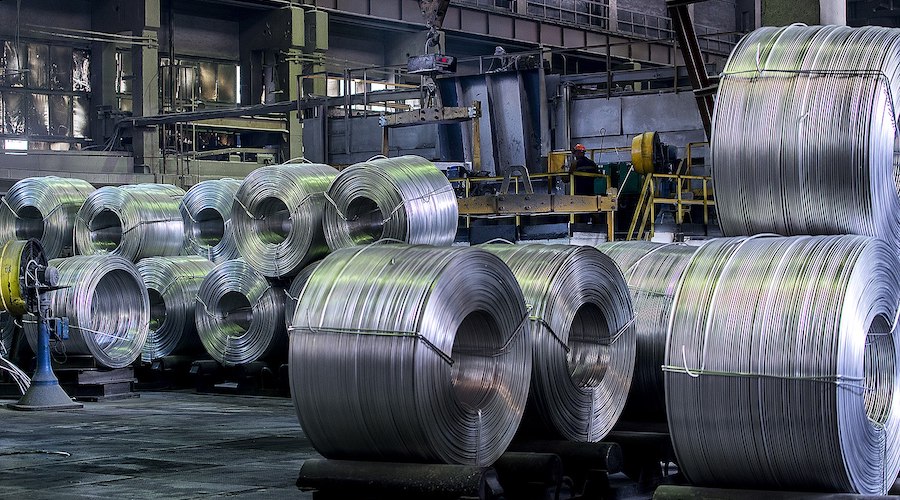
Mining News Pro - The political fracturing of the aluminum market looks set to intensify as the United States mulls imposing penal tariffs of up to 200% on imports of Russian metal.
Russian producers of industrial metals such as aluminum and nickel have largely evaded the official sanctions net since the invasion of Ukraine.
Western policymakers are still mindful of the supply-chain chaos caused by US sanctions on Russian aluminum giant Rusal and its owner Oleg Deripaska in 2018. Those sanctions were lifted in January 2019 after Deripaska relinquished operating control of the company.
Memories of the market disruption, which spanned the entire production chain from bauxite to alumina to primary metal, have played an important part in allowing Russian metal to continue flowing to Western markets.
But not for much longer to the United States, it seems.
A unilateral move to shut out Russian aluminum will accelerate the splintering of what was once a highly globalized marketplace.
Reduced dependency
The United States is now much less dependent on Russian aluminum than it was a few years ago, which means that penal tariffs could be imposed without the domestic market blowback seen in 2018.
Imports of Russian unwrought metal peaked at over 700,000 tonnes in 2016 and 2017, when they accounted for around 30% of total inbound flows.
The sanctions scare of 2018 caused a structural shift lower with Russian imports falling to 215,000 tonnes – just 12% of total imports – in 2021, according to the International Trade Center.
Volumes decreased again last year after the United States stripped Russia of its most-favoured-nation status, which meant extra import tariffs over and above the Trump-era 10% duty.
Duties of the magnitude now being considered would amount to a de-facto ban on Russian metal, killing off any residual flow of either unwrought aluminum or products.
Higher premiums in the west
The aluminum market has shrugged off the news of potential US tariffs on Russian metal, calculating that the current reduced flows will simply be redirected to other regions.
London Metal Exchange (LME) three-month metal has continued sliding from a mid-January high of $2,679.50 to a current $2,490.00 per tonne.
However, there has been an immediate impact on physical premiums in the United States, with that for Midwest delivery jumping from $448 per tonne over the LME cash price at the start of January to $647 per tonne.
The country will need to replace Russian imports with metal from other suppliers such as the Middle East, which comes with higher transport costs.
The rally in the US premium has created a small ripple effect in the European market, which is also a net importing region and therefore in partial competition with the United States for units.
The European duty-paid premium has risen from $254 per tonne over LME cash to $310 since the start of January.
Regional split
While US and European consumers face higher premiums to get physical metal, those in Asia are benefitting from falling purchase costs.
Japanese buyers will receive first-quarter deliveries at a premium of $85-86 per tonne over LME cash, down from $99 in the last quarter and the fifth straight quarterly decline in what is a benchmark for the Asian market-place.
Physical premiums attest to the growing regional divergence in the aluminum market.
Supply deficit in the West, which may be about to deepen if the United States slams the door on Russian metal, contrasts with surplus in the East.
This is partly down to the strength of Chinese exports of semi-manufactured exports such as foil and plate, many of which face high tariff barriers in the West.
The displacement effect on primary metal demand in Asia has kept regional premiums consistently lower than European and US ones since early 2019.
Excess Chinese product in the Asian region is now being supplemented by excess Russian primary aluminum as many Western users choose to self-sanction and not buy Russian metal.
LME stocks surge
Some of that surplus Russian metal has just become visible.
LME warehouses in the South Korean port of Gwangyang registered 107,900 tonnes of aluminum “arrivals” on Feb. 7, hot on the heels of a 40,200 tonne inflow on Jan. 25.
The surge in exchange stocks is widely reported to be Russian metal being delivered by trade house Glencore, which has a long-term offtake deal for primary aluminum with Rusal.
The timing of so much aluminum hitting the LME system in a week of speculation about US intentions on Russian imports may or may not be coincidental.
However, it poses a significant headache for the exchange.
Were the United States to impose high tariffs on Russian metal, the LME need only suspend delivery to US locations, a precedent set with the United Kingdom’s post-war tariffs on Russian nickel.
The more fundamental question, though, is the impact on market pricing itself if LME registered stocks comprise a rising ratio of Russian aluminum.
The LME decided in November not preemptively to ban Russian metal deliveries ahead of formal government action against Russian producers.
It was accepted at the time there was a strong possibility that more displaced Russian metal would arrive at the market of last resort. So it has proved.
While deliveries of Russian copper and nickel are expected to wash through the LME system before finding ready buyers, aluminum is a much bigger market and Rusal is a much bigger producer.
China has been soaking up growing amounts of Russian metal but it’s unclear how much more it can take, given it is also the world’s largest producer of aluminum.
The risk is that as aluminum piles up in LME warehouses and stays there, the global reference price becomes a discounted Russian reference price.
The aluminum market is already diverging along regional lines. Any US move on Russian metal risks accelerating a further split between the LME price and physical premium structure.
Short Link:
https://www.miningnews.ir/En/News/622674
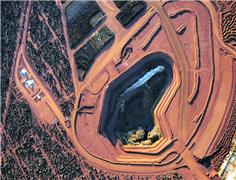
Australian miner Lynas posted a slump in third-quarter sales revenue on Wednesday, missing analyst expectations on the ...
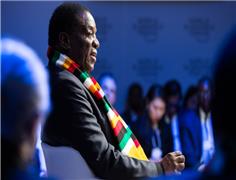
Zimbabwe’s President Emmerson Mnangagwa has re-appointed Winston Chitando as the southern African nation’s mines ...

Australia’s Fortescue on Wednesday logged a larger-than-expected decline in third-quarter iron ore shipments, following ...
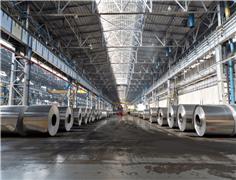
The London Metal Exchange is imposing new rules surrounding the movement of metal in its warehousing network, taking aim ...
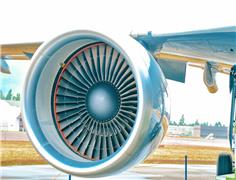
Canada has granted Airbus a waiver to allow it to use Russian titanium in its manufacturing after becoming the first ...

A Russian arbitration court ruled on Monday that four units of Swiss commodities trader Glencore will pay more than 11.4 ...
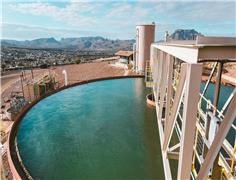
A Native American group has asked all members of a US appeals court on Monday to overturn an earlier ruling that granted ...
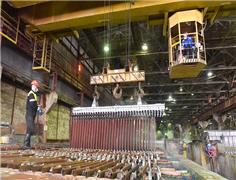
The London Metal Exchange (LME) on Saturday banned from its system Russian metal produced on or after April 13 to comply ...
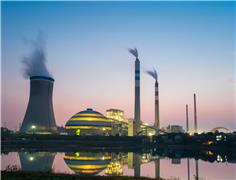
The world’s coal-fired power capacity grew 2% last year, its highest annual increase since 2016, driven by new builds in ...
No comments have been posted yet ...